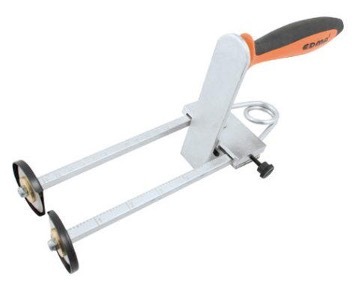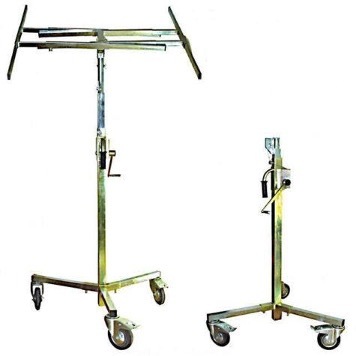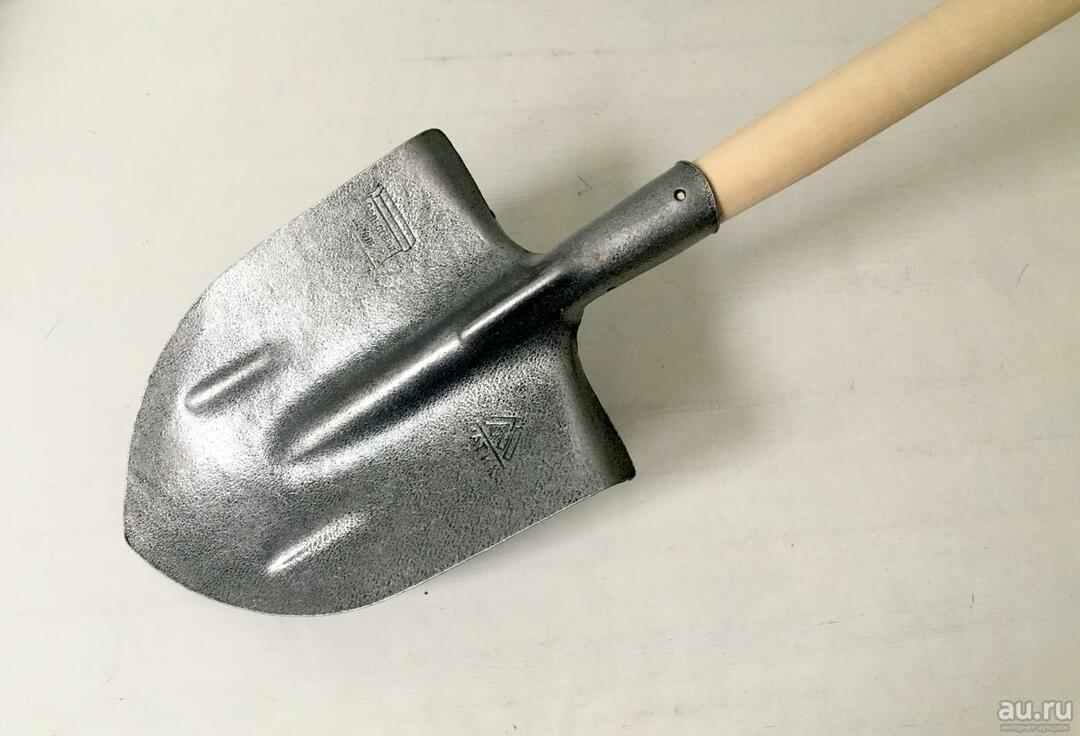A drywall tool is necessary at all stages of working with the material from marking and cutting to transportation and installation. At home, for this, they use an ordinary clerical knife, a construction tape measure, and a rasp for processing edges. Professionals use a special drywall knife, as well as tools for working with a metal profile. The main types of such devices are described in the presented material.
The content of the article
- For the preparation of
- For cutting drywall
- For profile cutting
- For mounting
- Additional tools
For the preparation of
First of all, the material must be prepared, that is, markup must be applied. To do this, use such a tool for a drywall profile:
- construction tape measure (length preferably up to 8 m);
- a plumb line, that is, a coil and a load on a strong thread;

- building level - bubble models are common, but for greater accuracy it is better to use laser ones.
For cutting drywall
The drywall and profile tool allows you to cut after marking. At the same time, cutting the sheets themselves is often done with a knife from the following types:
- Ordinary stationery - affordable and easy to use. The blade can be tucked into the plastic housing for safety. Straight cuts are quite accurate, but if you go along a curved line, the degree of evenness decreases.
- A special tool for drywall is a drywall knife, which in design resembles a clerical one. But its blade has a trapezoidal shape, due to which it provides an even cutting both in a straight line and along a pattern.

- Knife with a disc-shaped blade - it is used for high-precision cutting. Such a tool for working with drywall is especially convenient because it requires almost no effort. In addition, the device is durable and can be used for several years.
Along with knives for cutting and cutting, other tools are also used:
- cutter - guide bar with 2 rollers, equipped with a handle on top, with which you can guide and move the blade;

- a drywall hacksaw is used to obtain a high-precision figured cut;
- an electric jigsaw can be used both on wood and on plasterboard.
For profile cutting
It is clear what tool is needed for drywall. But along with it, devices for profile cutting are also used. These are more powerful tools for working on metal. The most common types are:
- metal shears are equipped with powerful springs that allow you to get a cut even with a slight pressure on the handle;
- a grinder or grinder is another popular profile tool; makes good cuts, but due to the impact of sparks, the surface layer is destroyed, there is a threat of corrosion.

For mounting
There is also a profile tool that is used directly during installation. Examples are as follows:
- Screwdriver powered by battery or mains. A common device for tightening self-tapping screws. In a professional environment, a cassette screwdriver is often used - it is equipped with an automatic self-tapping tape.
- Perforators - such tools for working with plaster allow you to drill a hole even in dense concrete materials.
- A cutter is a special device with which the profile elements are connected. When combining 2 parts, he makes a puncture in one and a notch in the other. Next, the edges of the notch are bent, and both fragments are connected.
- Pliers are an auxiliary tool for drywall work, used to level or bend the profile.
Additional tools
For work, you will also need additional devices that are used for auxiliary work:
- needle roller - resembles a paint roller, but its surface is equipped with sharp needles, which are located at 2 cm intervals;

- planers are used for edge processing - such types as peeling (rasp) and edge proper are common;

- the milling cutter is used for milling sheets during the formation of a box or bending sheets;
- spatulas - convenient devices with which putty is made (main types: angular, rubber, metal);
- lifter - equipment that temporarily fixes the sheet so that it can be conveniently mounted with another fragment.

- carrying lever - allows you to conveniently transfer fragments from place to place.

These are all common drywall tools that are used at the stage from marking and cutting to the actual installation. It is convenient to replace some devices with others, for example, a drill is often used instead of a screwdriver. In addition, professional equipment (hoist, milling cutter) is used only for large volumes of work, while at home you can do without them.


